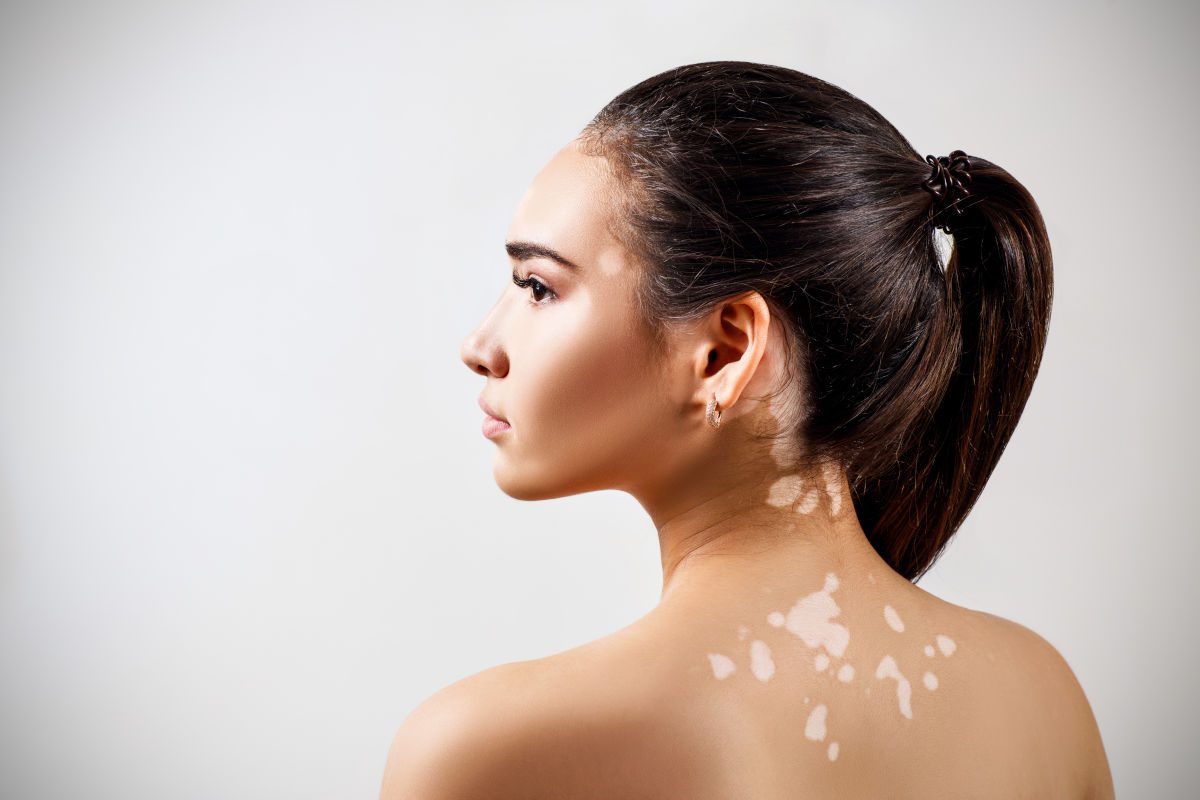What are white spots on skin?
The white patches on the skin they represent a common condition that can occur in different age groups and affect different parts of the body. These spots can cause cosmetic concern and require medical attention depending on their origin and associated symptoms. In this article, we will explore the causei symptoms eh treatments of white spots on the skin, providing useful information to better understand this condition.
Figure 1 – White spots on the skin
Causes of white spots on the skin
White spots on the skin can be the result of several underlying causes. One of the most common causes is the depigmented skinwhich can be associated with conditions such as vitiligo. Vitiligo is an autoimmune disease in which the immune system attacks and destroys melanocytes, the cells responsible for producing melanin, the pigment that gives color to the skin. This process leads to the appearance of white or light spots on the skin.
Other causes of white spots includefungal infectionas in the case of held versicolor, a skin infection caused by the Malassezia fungus. This infection can cause white or brown spots to appear on the skin, which may be more noticeable after sun exposure.
Also, some skin conditions such as l’eczemathe psoriasis and the pityriasis alba can cause white spots to appear. Eczema is an inflammatory skin condition that can lead to dryness, itching and flaking, while psoriasis is an autoimmune disease characterized by a rapid growth cycle of skin cells, leading to the formation of red patches covered with silvery scales. Pityriasis alba is a mild form of dermatitis that manifests itself as white or light pink patches on the face of children.
Symptoms of white spots on the skin
The symptoms associated with white spots on the skin can vary depending on the underlying cause. However, in general, white spots are characterized by a lack of pigmentation and may be more noticeable on tanned or dark skin. They can appear in different shapes, such as round or bumpy spots, and can be found on various parts of the body, including the face, arms, legs and trunk.
In some cases, the white patches may be accompanied by itching, dry skin, or flaking. These symptoms may be more pronounced in conditions such as eczema or psoriasis, where there is inflammation of the skin.
Treatments
Treatment of white patches on skin depends on the underlying cause and associated symptoms. It is important to consult a dermatologist for an accurate evaluation and correct diagnosis.
In the case of Vitiligo, there is no definitive cure, but there are several treatment options to improve the appearance of the white spots. These include the use of creams or ointments containing corticosteroids to reduce inflammation, immunomodulatory drugs to control the autoimmune response, and phototherapy to stimulate melanin production in the skin.
For white spots caused by fungal infection, such as tinea versicolor, antifungals in the form of creams, lotions, or shampoos may be prescribed to reduce the activity of the fungus responsible.
In the case of eczema, treatment focuses on managing symptoms, including applying moisturizers, using topical corticosteroids to reduce inflammation, and avoiding triggers such as contact with irritants or allergens.
For psoriasis, treatment may include the use of corticosteroid creams, the application of keratolytic products to remove scales, and the use of phototherapy therapies or systemic drugs in severe cases.
Conclusion
White spots on the skin can be caused by several underlying conditions, such as Vitiligo, fungal infection, eczema and psoriasis. It is important to consult a dermatologist for an accurate evaluation and correct diagnosis. Treatment will depend on the specific cause and may include the use of creams, medications, light therapy, or other therapies aimed at improving the appearance of the white spots and managing associated symptoms.
It is imperative to maintain proper skin hygiene and follow your dermatologist’s directions for best results. Always remember to protect your skin from excessive sun exposure by using sunscreen and wearing protective clothing.
Sources American Academy of Dermatology. (2021). Eczema. Retrieved from American Academy of Dermatology. (2021). Psoriasis. Retrieved from
